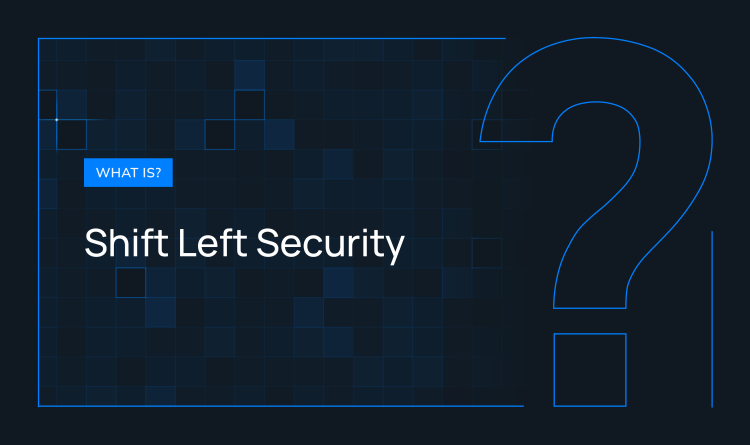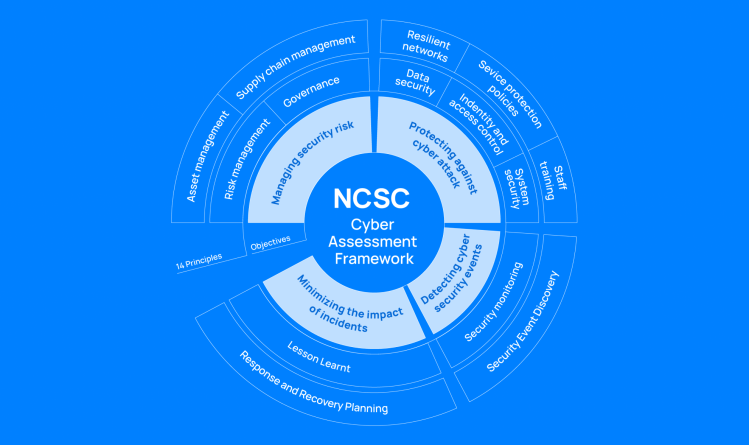This post was originally published on The New Stack.
Introduction
You may have heard the term “cloud malware” thrown around, but what does it actually mean? Put simply, cloud malware is any type of malicious software that targets your cloud environment. This can include malware that infects your virtual machines, ransomware that locks up your data or phishing attacks that steal your login credentials. Cloud malware is a cyberattack on cloud computing systems with malicious code or services. This can result in the loss of data, corruption of information or even the hijacking of the entire system.
So why should you care? Cloud malware can put your data and applications at risk. It can also slow down or even shut down your cloud infrastructure.
Let’s take a look at the most common types of cloud malware and how to protect yourself against them.
5 Most Common Types of Cloud Malware
There are a number of different types of malware that can impact your cloud environment. Here are some of the most common ones:
1. DDoS Attacks
Distributed Denial of Service (DDoS) attacks are one of the most common types of cloud malware. In a DDoS attack, the attacker sends a flood of traffic to your system in an attempt to overwhelm it and take it offline. DDoS attacks are designed to take a target website offline by overwhelming it with traffic from multiple sources. This can include botnets, which are networks of hijacked devices used to carry out an attack. DDoS attacks can be very disruptive to your business and can cause significant financial damage.
2. Hypervisor DoS Attacks
Hypervisor denial of service (DoS) attacks exploit vulnerabilities in the hypervisor layer, which manages and allocates resources to virtual machines. This can allow them to gain access to your data and systems, or even take your environment offline. A successful hypervisor DoS attack can crash the hypervisor or take down an entire cloud infrastructure.
3. Hypercall Attacks
In a hypercall attack, the attacker sends specially crafted requests to your hypervisor in an attempt to extract information or take control of your systems, resulting in the execution of malicious code. This can allow the attacker to gain access and control over the entire cloud environment.
4. Hyperjacking
A hyperjacking attack occurs when an attacker takes control of a virtual machine and uses it for their own purposes, such as launching cyberattacks or stealing data. During a hyperjacking attack, the attacker takes over your session and can access your data and systems without your knowledge or permission. This can allow them to steal your data or even damage your systems.
5. Exploiting Live Migration
Finally, exploiting live migrations is a new type of attack that is becoming more common. Cloud providers use live migration to move running virtual machines from one physical server to another without downtime. Attackers can exploit this process to steal data or install malware on target machines. Live migrations are often not properly secured, enabling malicious actors to access sensitive data or even take control of systems.
Cloud Malware Risks Posed to Your Cloud Environment
Cloud-based systems are becoming increasingly popular for good reason: They provide businesses with numerous benefits such as scalability, flexibility and cost-efficiency. But businesses must be aware of the threats that malware poses to their cloud environment.
Some of the risks that cloud malware poses to your cloud environment (and, as a result, to your business) include compliance violations, end-user control, shared vulnerabilities, attacks to deny service to legitimate users, theft or loss of intellectual property, contract breaches with clients and business partners, and the exposure of sensitive customer data.
Security Strategies for Protecting Against Cloud Malware
There are a few things you can do to protect your data and systems against cloud malware:
- Use network segmentation to contain the spread of malware in the cloud. By isolating your network, you can limit the damage that can be done if malware does get into your system.
- Use multiple security best practices to protect against malware. This includes things like firewalls, intrusion detection and prevention systems, and antivirus software. It may also entail implementing cloud security techniques such as vulnerability scanning, identity and access management, data encryption and API security.
- Keep your software up to date. This includes your operating system, application dependencies, container images and any applications you use. Regular updates will help close any vulnerabilities that could be exploited by malware.
- Educate your employees about cloud security. Employees should be aware of the different types of cloud malware attacks, how they occur, the risk they pose to the business, as well as ways to help mitigate against them. This may also entail ensuring that employees know how to spot malicious emails and links as well as what to do if they think their account has been compromised.
Conclusion: Leveraging Security Platforms to Mitigate Against Cloud Malware
Cloud malware is a serious threat to your cloud data security. However, by following some simple precautions, you can protect your data from the most common types of cloud malware.
Most importantly, you need to have a security platform in place that can detect and prevent cloud malware. A good cloud security platform will have features that include malware detection and prevention, access control, data encryption and more. It’s also important to make sure that the platform you choose is constantly updated with the latest security patches and that it’s compatible with the cloud environment you’re using.
For instance, Orca Security gives our clients total cloud visibility. We provide a transparent view of all files sitting on cloud resources, including malware, using SideScanning technology – from basic instances to sophisticated container deployments inside orchestration clusters and frameworks.
Orca Security provides in-depth malware intelligence by scanning massive amounts of malware files every day to build a comprehensive database that includes the status, type and even origin of malicious files discovered on customer cloud resources to provide context-based protection against potential attacks. You can learn more about how Orca Security can help you protect against cloud malware by clicking here.
Further Reading




